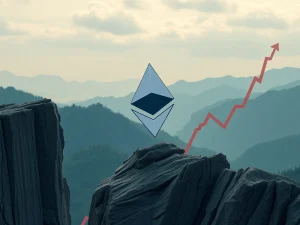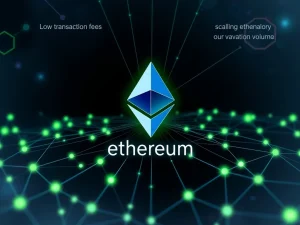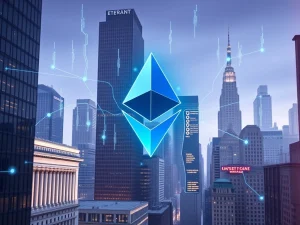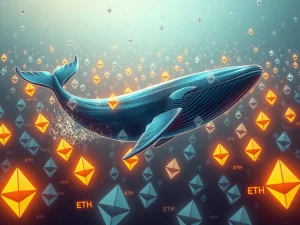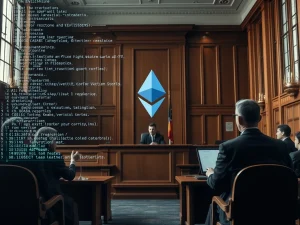Ethereum Dominance Fades: The Urgent Layer 1 Race
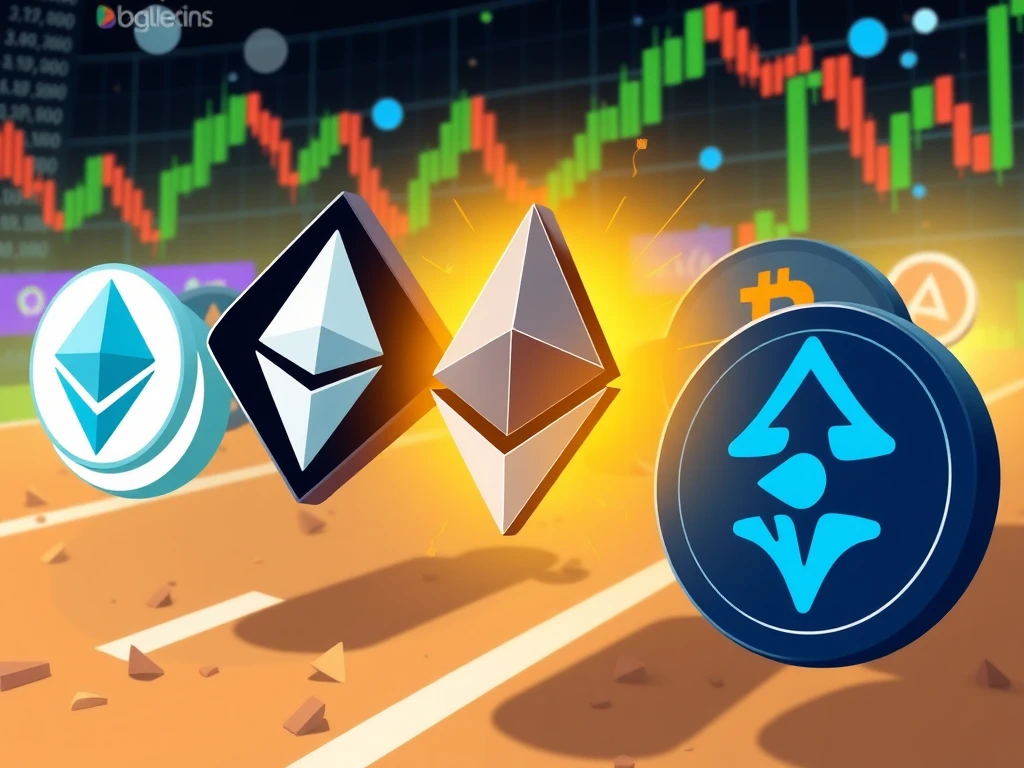
For years, many assumed Ethereum would perpetually hold the top spot among blockchain networks. However, recent shifts in the digital asset landscape suggest that era of singular **Ethereum dominance** is drawing to a close. Industry experts are now pointing to a competitive field, signaling an ‘open race’ for leadership in the evolving **crypto market race**.
Understanding the Shift in Ethereum Dominance
According to Alex Svanevik, CEO of data service Nansen, the long-held assumption of Ethereum’s absolute reign is being challenged. Speaking at the LONGITUDE by Crypto News Insights event, Svanevik noted, “If you’d asked me 3–4 years ago whether Ethereum would dominate crypto, I’d have said yes. But now, it’s clear that’s not what’s happening.”
While Ethereum remains a prominent network, its relative share of the total value locked (TVL) across all blockchain networks has decreased significantly. Data from DefiLlama shows Ethereum currently holds around $52 billion in TVL, representing about 51% of the total. This is a substantial drop from its peak in 2021, when it commanded as much as 96% of aggregate TVL. This decline indicates that capital and activity are diversifying across other chains.
The Open Race Among Layer 1 Blockchains
The decreased concentration of value on Ethereum has paved the way for an ‘open race’ among various **Layer 1 blockchains**. These networks are competing to become the primary platform for decentralized applications, trading, and broader blockchain use. Svanevik highlighted this competitive environment:
- Multiple L1s are now vying for the leading position.
- Smaller chains are demonstrating rapid growth.
- A group of five or six chains are emerging as key contenders.
This period is described as an ‘exciting time’ due to the dynamic shifts and innovation happening across the L1 landscape.
Solana Crypto’s Rise and Key Metrics
Among the contenders, **Solana crypto** has emerged as a strong challenger. Known for its speed and lower transaction costs compared to Ethereum, Solana is increasingly seen as a potential leader for the next phase of Web3 development. The Nansen CEO provided insights into Solana’s performance:
- Solana has surpassed Ethereum in several onchain metrics.
- These metrics include active addresses and transaction volume.
- Even gas fees on Solana are often lower than Ethereum’s.
Despite Solana’s rapid expansion, Ethereum still maintains leads in TVL and stablecoin issuance. However, Solana’s growth trajectory is undeniable and positions it as a significant player in the current market structure.
Competing for the Web3 Platform Crown
The competition extends beyond just Ethereum and Solana. Dozens of other **Layer 1 blockchains** are also competing for market share, aiming to become the go-to **Web3 platform**. However, not all these emerging chains achieve sustainable traction. Vardan Khachatryan, chief legal officer of Fastex, noted that popularity is sometimes driven more by hype cycles, new coins, and airdrops rather than sustained adoption and genuine use cases.
Navigating the Crypto Market Race
The current environment is characterized by a dynamic **crypto market race**. While Ethereum remains a foundational network, its period of near-total dominance is over. The competition among **Layer 1 blockchains** is intensifying, with networks like **Solana crypto** gaining significant ground. The outcome of this race will shape the future of the **Web3 platform** landscape. Investors and users are now faced with a more diverse ecosystem, offering various options based on specific needs for speed, cost, or specific application support.
Summary: A Multichain Future
In conclusion, the expert panel at LONGITUDE confirms a fundamental shift in the blockchain space. The era defined by overwhelming **Ethereum dominance** has ended. The **crypto market race** is now wide open, with a competitive field of **Layer 1 blockchains** vying for leadership. Networks like **Solana crypto** are demonstrating strong growth, challenging the established order. The future of the **Web3 platform** appears increasingly multichain, requiring participants to look beyond a single dominant network.

